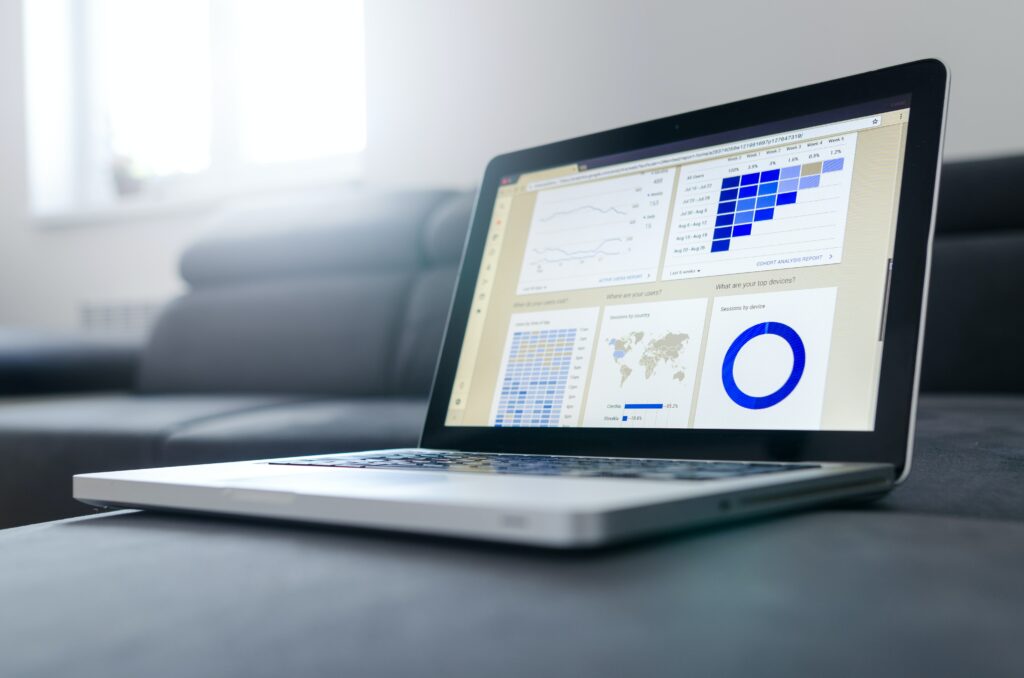Shopify is a trusted eCommerce platform known for its 24/7 support, customizations, and user-friendly setup. To keep up with the growing demands of online shopping, Shopify released an advanced version of their platform called Shopify Plus. Today, we’ll break down the nuanced differences between both platforms as you decide which is right for your brand.
Shopify vs Shopify Plus
The most significant difference between the two options lies in the target audience and the scale of businesses they cater to. Here’s a concise breakdown:
Shopify
Target Audience
Features
Scalability
Pricing
|
Shopify Plus
Target Audience
Features
Scalability
Pricing
|
Here’s a good way to think about the main difference between these two eCommerce options:
- If you’re a smaller business with modest requirements, Shopify might be a more cost-effective and suitable choice.
- For larger enterprises with complex needs, higher budget, and high annual sales (roughly 1 million in sales annually) Shopify Plus has the necessary tools and support for your robust e-commerce operations.
I still don’t know what’s the right choice…
Picking the right website platform can make a big difference to your business, goals, and year of sales. And with the digital landscape constantly changing, you want experts by your side. Brandography analyzes your business needs, learns about your goals, and recommends the right platform for your brand.
Insights from our team
“Shopify Plus is the enterprise level, top-of-the-line service level that provides storefront owners with better rates on their transactions and a TON of additional functionality to provide even more customization. It does come with a substantial monthly investment of $2,500/month, so would be very strategic on recommending this based on a client’s overall revenue, the number of transactions, and how many staff users they’d want. Some of the bigger features that clients usually ask that can’t be done unless they have Shopify Plus are customizations to the checkout and thank you/status pages.
There are several other service tiers that we explore for new clients before suggesting Shopify Plus. The right fit should be tailored to our client’s business.” – Allen Bredeson, Director, Client Services
The 8 main steps to switch from Shopify to Shopify Plus
Upgrading platforms is designed to be seamless, but there’s still quite a bit involved to make it happen:
- Evaluate Your Business Needs. Understand the additional features (advanced analytics, custom checkout scripts, and increased scalability) to see if they support your current and future business needs.
- Contact Shopify Support. Tell them you’re interested in upgrading. They’ll talk you through the process and pricing, answering your questions.
- Review Pricing and Contracts. As mentioned above, Shopify Plus has a pricing structure that is different from standard plans. Does this new pricing fit in your budget? If you already have a contract with them, discuss any contract-related considerations.
- Recreate Themes and Customizations. If you have customized themes or made modifications to your current store, you’ll most likely need to recreate or adapt them. Some customizations may need to be reviewed and updated.
- Test, Test, Test. Before going live, test the website to identify and address any issues. You want all functionalities working correctly to make the transition smooth for you, your team, and your customers.
- Launch. Once you are satisfied with the testing results, you can officially launch your store!
- Keep Learning. Familiarize yourself with the new features at your disposal. Luckily, Shopify provides resources, documentation, and 24/7 support so you can leverage all the new capabilities at your disposal.
- Leverage your Data. Shopify Plus comes with additional reporting and the ability to create advanced custom reports so you can dig deeper into how your shop is performing.
While the process is designed to be straightforward, the complexity can vary based on the size and complexity of your existing store. Plan carefully, communicate with any stakeholders, and schedule the switch during a low-traffic period to minimize disruptions.
Or you could leave the work to a digital marketing agency…
If the above steps sound like a lot of work, that’s because they are! But when you hire a digital marketing agency to handle the transition, you leave the hard work to us. At Brandography, we’re well-versed in migrating sites and can create a plan that leaves you and your customers with the best experience possible.
Reach out to our team for a no-pressure initial consultation. We look forward to connecting with you!



